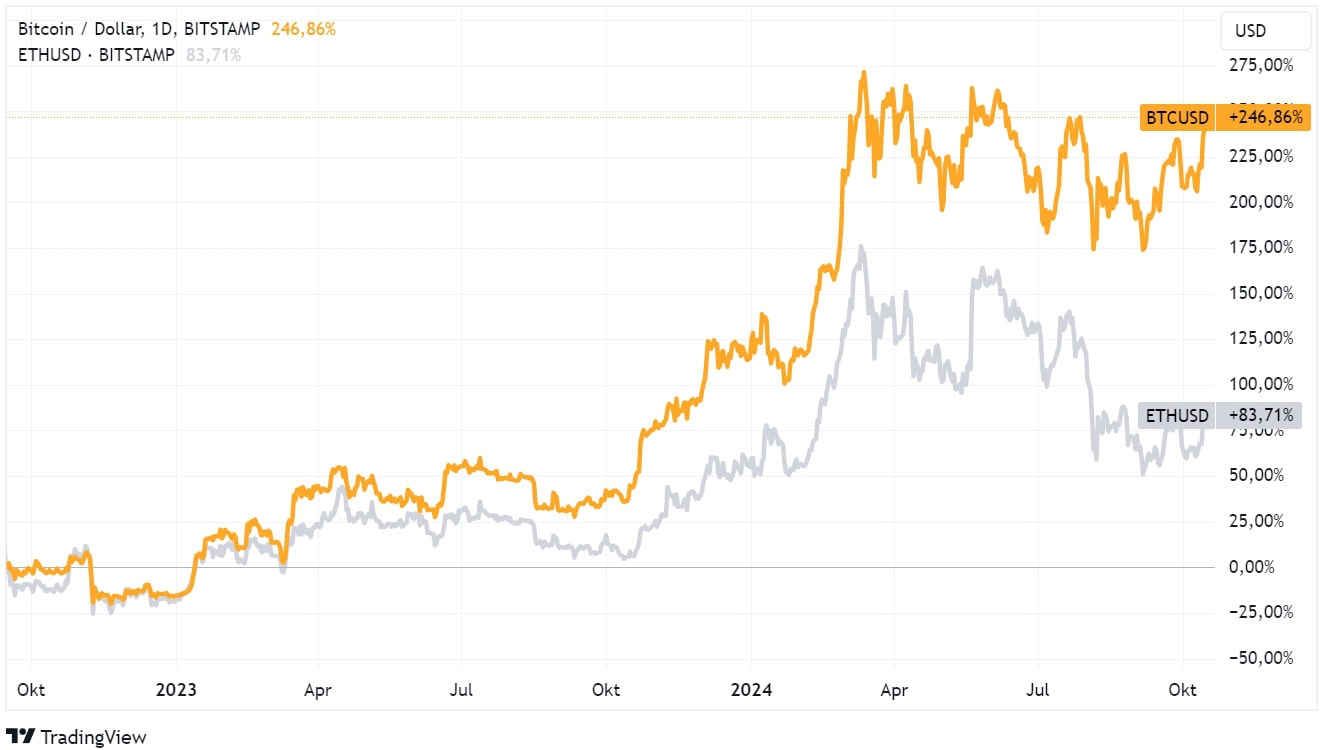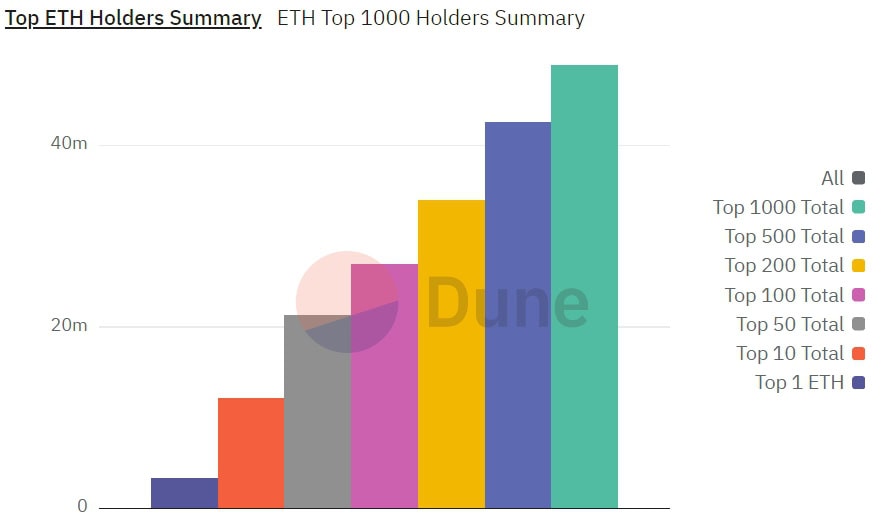News - Three Proof-of-Stake risks ETH investors need to know about
By
Three Proof-of-Stake risks ETH investors need to know about
Ethereum founder Vitalik Buterin wants staker reform to achieve more decentralization, but the core problems of Proof of Stake (PoS) remain unresolved with it. In this article you will read:
What are the downsides of the Ethereum Merge
Why Ethereum remains centralized even after a staking reform
What else ETH investors need to know about pre-mining
The Ethereum Merge and its downsides
On Sept. 15, 2022, Ethereum switched from Proof-of-Work (PoW) to Proof of Stake (PoS). While this was hailed as a great move because of the huge energy savings, there also appear to be drawbacks that affect Ethereum's price and security. Indeed, the PoS mechanism has almost completely disconnected Ethereum from the "physical world," posing risks.
One of the biggest risks: Proof of Stake does not have an unchangeable (immutable) history. Transactions are signed by validators who bet/stake a certain amount of coins, but it is difficult to verify who these validators were in the past. If a node leaves the network and returns later, there is no way to prove the true transaction history without relying on other nodes.
The pseudonymous author Gigi sums it up: "Proof-of-Work means trust in the laws of nature; Proof of Stake means trust in people."
Ethereum remains centralized
Vitalik Buterin argues that the high minimum of 32 ETH for solo staking discourages investors. Lowering the threshold to one ETH would allow more investors to participate without dependence on strike providers. But even with a lower threshold, the fundamental centralization problem of PoS remains.
Financial analyst Lyn Alden points out that "Proof of Stake tends toward centralization. Once someone owns a large amount of coins and becomes a validator, that person can earn even more coins and gain exponentially more influence over the network." This means that especially the already rich ETH "whales" will benefit, as the rewards for staking are funded by new ETH and transaction fees paid by most users.
Bitcoin miners, on the other hand, have high operational costs, while Ethereum validators can increase their holdings almost for free. Validators with a lot of ETH are also more likely to be chosen to validate new blocks, increasing their influence on the network.
Why Buterin and early ETH investors benefit
Satoshi Nakamoto, the founder of Bitcoin, did not distribute BTC among his friends and launched Bitcoin without investors. At Ethereum this works differently: there was a pre-mine of 72 million ETH. Of that, 60 million went via an ICO to early investors at about $0.31 per coin, and 12 million went to employees and the Ethereum Foundation. Those who kept their ETH saw their holdings grow exponentially since the move to PoS.
Ethereum founder Vitalik Buterin himself owns 246,730 ETH and has sold parts of his holdings on several occasions. With the transition to PoS, he created a system that may lead to an oligarchy, where a small group of validators take control of much of Ether and authority.








